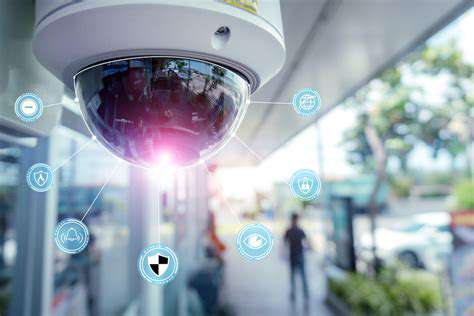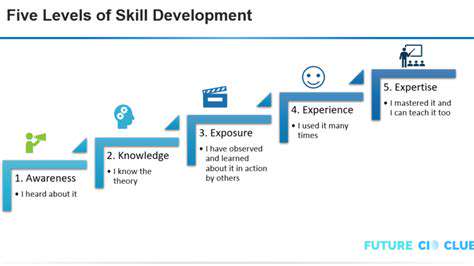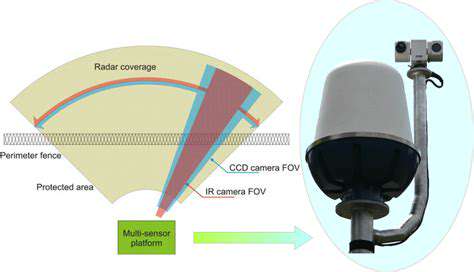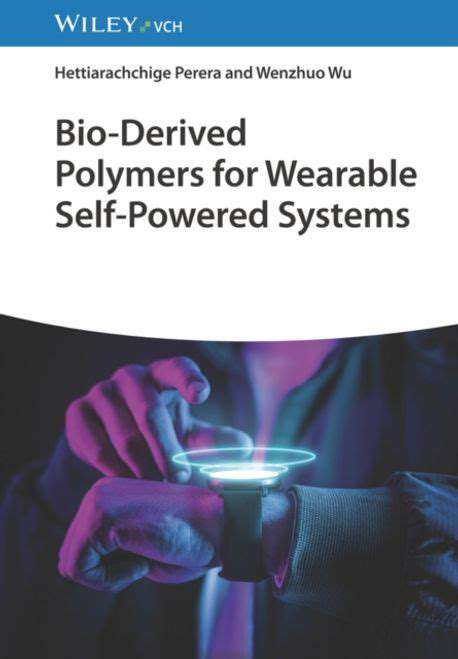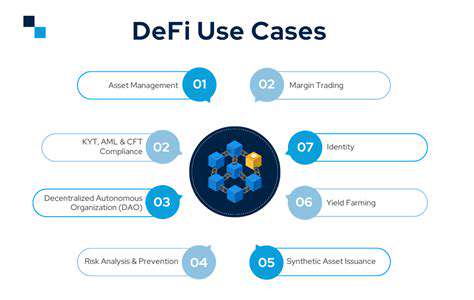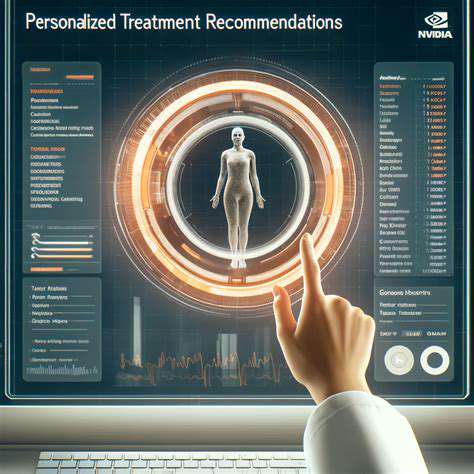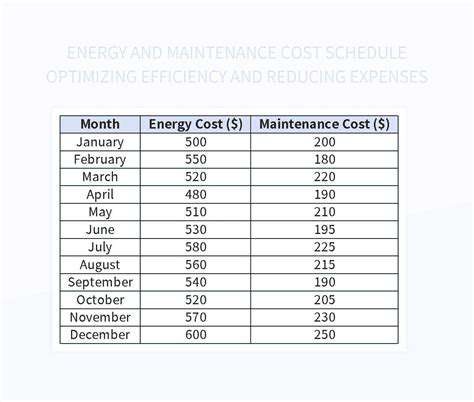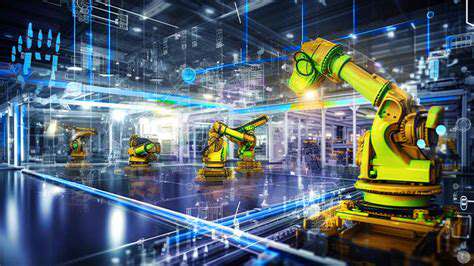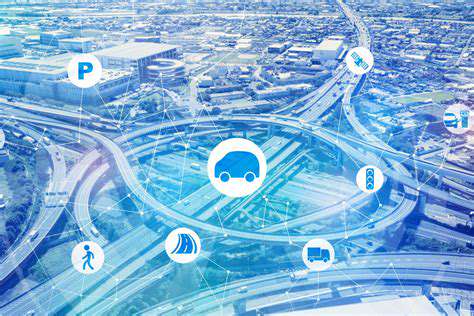
The Future of ITS: Integrating Technologies for Enhanced Mobility
Integrating Communication and Control Systems
The future of Intelligent Transportation Systems (ITS) hinges on seamless integration of communication and control systems. This integration is crucial for optimizing traffic flow, enhancing safety, and improving overall mobility. Modern ITS systems rely on sophisticated communication networks, such as cellular and dedicated short-range communications (DSRC), to collect real-time data from various sources, including vehicle sensors, traffic cameras, and roadside infrastructure. This data is then processed and analyzed to provide real-time insights into traffic conditions, enabling dynamic adjustments to traffic signals and route guidance systems. Effective communication between vehicles, infrastructure, and control centers is paramount to achieving the desired level of efficiency and safety.
Furthermore, advanced control systems are essential for implementing intelligent traffic management strategies. These systems leverage data analytics and artificial intelligence to predict and respond to traffic congestion in real-time. By dynamically adjusting traffic signals, managing access to roadways, and providing real-time route guidance to drivers, these systems can significantly reduce travel times and improve overall traffic efficiency. This integration of advanced technologies allows for a more responsive and adaptive transportation network, leading to improved mobility for all users.
Leveraging Data Analytics and Artificial Intelligence
Data analytics and artificial intelligence (AI) are emerging as powerful tools for enhancing ITS capabilities. By analyzing vast amounts of data collected from various sources, AI algorithms can identify patterns and trends in traffic behavior, predicting congestion hotspots and optimizing traffic flow. Predictive modeling allows for proactive interventions, such as adjusting traffic signals or recommending alternative routes before congestion occurs, significantly improving the efficiency of the transportation system.
Furthermore, AI can enhance safety features by detecting potential hazards and alerting drivers in real-time. This could include identifying and predicting accidents before they occur through the analysis of vehicle behavior, weather conditions, and road conditions. Advanced driver-assistance systems (ADAS) and automated vehicle technologies rely heavily on AI algorithms for making crucial decisions. This integration of data analytics and AI promises to revolutionize transportation management, leading to safer, more efficient, and more sustainable mobility solutions.
The ability to analyze and interpret data from diverse sources, including sensor readings, social media trends, and weather patterns, is crucial for creating a dynamic and adaptable transportation infrastructure. Real-time data analysis enables ITS to respond effectively to changing conditions, improving efficiency and safety. The predictive capabilities of AI algorithms can anticipate future traffic patterns, allowing for preemptive interventions, and leading to more efficient and sustainable transportation solutions.
This proactive approach to traffic management is a significant advancement, moving beyond reactive measures to a more predictive and preventative model. The integration of AI in ITS will allow for a dynamic and adaptable transportation system, capable of responding to real-time conditions and optimizing resource allocation.
The use of machine learning algorithms can further improve the accuracy and responsiveness of ITS systems. By constantly learning and adapting to new data, these algorithms can refine their predictions and optimize traffic flow in real time. This continuous learning process can lead to significant improvements in the overall efficiency and effectiveness of transportation management.
Ultimately, the integration of data analytics and AI within ITS systems holds the key to unlocking the full potential of intelligent transportation, leading to a more efficient, sustainable, and safer future for all.
